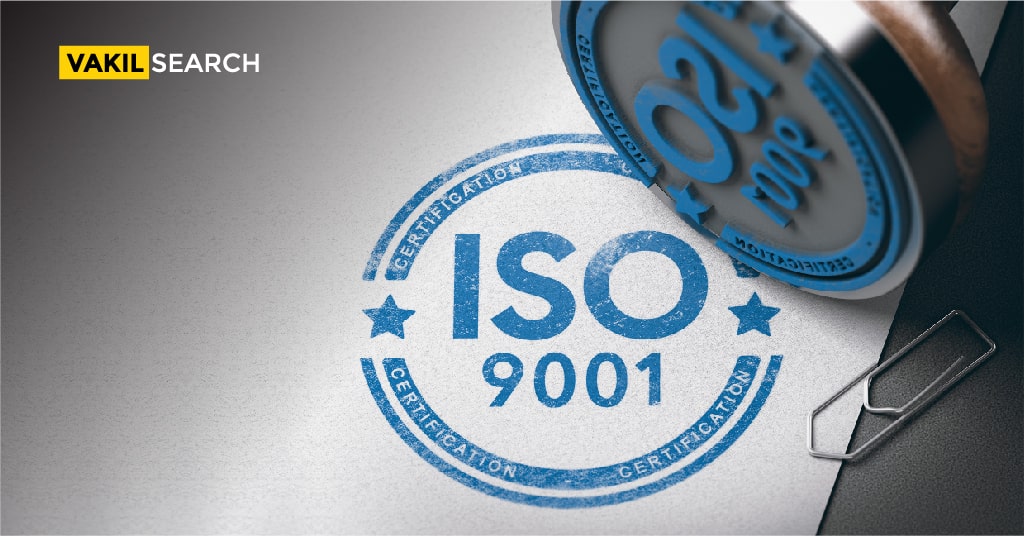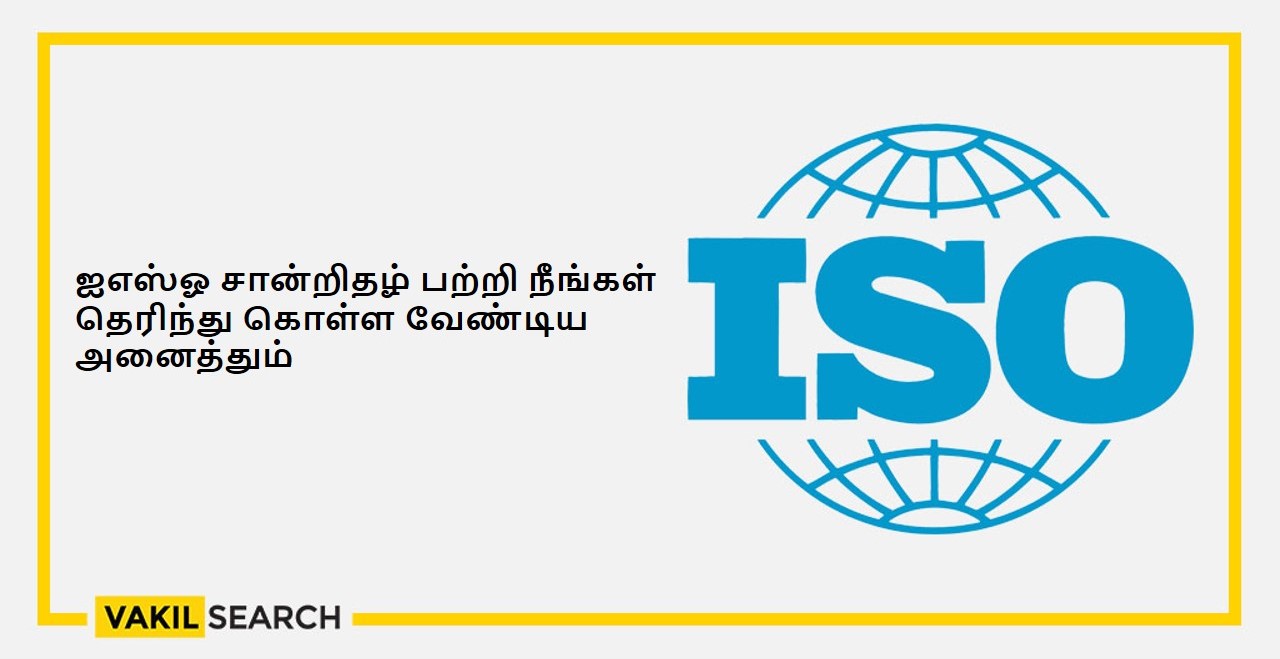With increasing corporate competition, it is critical to provide high-quality goods and services in order to stay competitive. ISO certification enhances a company's overall reputation and efficiency. Not sure how to get started? We’ve got you covered.
Get ISO Certification
Maintaining uniformity and quality across industries and countries would be difficult without predetermined standards. Following international standards can assist in levelling the playing field. ISO standards are your best bet as they are one of the most reputable and reliable.
ISO stands for International Organization for Standardization. It is a non-profit organisation that attempts to set a baseline standard for commercial goods and services in order to ensure safety, quality, and efficiency.
Costs Involved in the ISO Certification Process
The costs involved in obtaining ISO certification is not set in stone and varies from one business to another. ISO certifying agencies determine the cost of certification for each company, after taking into account several factors such as:
- Number of employees
- Number of processes
- Level of risk associated with the scope of services
- The complexity of the management system and
- The number of working shifts.
Process of Obtaining ISO Certification in India
Step 1 – Category of ISO Certification Would be Beneficial for your business
To begin, one must determine the type of ISO certification that their company requires. There are different types of ISO certification available such as ISO 9001 for quality management, ISO 14001 for environmental management, ISO 27001 for information security management, ISO 22008 for food safety management, etc.
Determine which of these certifications would best serve your purpose.
Step 2 – Selecting an ISO Certification Body
The international organisation for standardisation itself is not responsible for issuing ISO certificates. They merely prescribe baseline norms and international standards which need to be maintained in order to be recognised by them. Instead, there are several external certification bodies that are responsible for performing ISO audits and granting certificates to organisations.
It is very important that one chooses a credible and recognized certification body. Some of the important aspects to be considered while choosing an ISO certification body are as follows:
- Keep your options open; don’t commit to any ISO certifying body without evaluating the additional services they provide
- Check which certification bodies are used by your main clients or competitors
- CASCO is the ISO committee that deals with conformity assessment. Check if the certifying body is adhering to CASCO standards
- Verify whether the certifying body is accredited or not
- Ensure that the certifying body meets the compliance requirements of ISO accreditation bodies.
Step 3 – Create a Contract With Your Chosen ISO Certifying Body
The contract with the registrar should define the rights and obligations of both parties and includes clauses on the extent of liability, the obligation of confidentiality and the access to rights.
Step 4 – Conduct Quality Documents Review
The ISO auditor will examine all of your quality manuals and documentation pertaining to the organization’s various policies and processes. Examining the organization’s status quo will assist the ISO auditor in identifying any potential gaps that need to be filled in order to fully achieve the ISO standards.
Step 5 – Formulate an Action Plan
After the ISO auditor communicates the existing gaps in the company, the next step is to create an action plan to address them. Additionally, all the employees should be made aware of ISO standards and the goals of the action plan. You may also be required to train your employees to ensure that the new procedures are undertaken efficiently.
Step 6 – Undergo the Initial Certification Audit
The initial certification audit is divided into two parts namely, stage one and stage two.
-
Stage one
The implementation of the action plan will be audited by the ISO auditor. They will then point out all the possible non-conformities in your existing systems in contrast to the desired quality management system. They will further divide these non-conformities into major and minor non-conformities. The applicant must then assess all these non-conformities carefully and remedy them.
-
Stage two
After all the required changes are done by the company, the ISO auditor will conduct a final audit. He will verify whether all the non-conformities have been reformed as per ISO quality standards. If the auditor is satisfied with the corrective measures and sees no further gaps in the system, they will prepare the final ISO audit report and forward it to the ISO registrar.
-
Obtain the ISO Certification
Once all the non-conformities are addressed and the final ISO audit report is sent to the registrar, he will grant the ISO certification.
-
Pass Routine Surveillance Audits to Retain your Certification
A surveillance audit is basically conducted post-certification to ensure that ISO quality standards are being upheld by the organization. These audits are conducted on a routine basis.
Talk to Our Experts
Harness the power of Vakilsearch’s legal expertise and get ISO certified in no time! Delegate the hassle of extensive documentation and rigorous compliance formalities without breaking the bank. Get in touch with our experts today!









